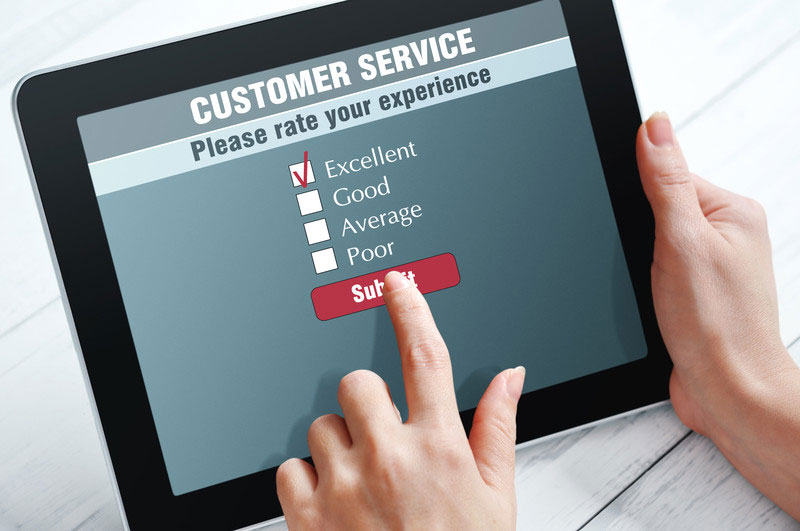For any business customer is the king. Businesses take various measures to ensure that their customers are happy and satisfied. Successful businesses focus on creating and reinforcing good experiences that help to retain existing customers and attract new ones. Properly constructed customer satisfaction surveys and questionnaires provide the insights that are the foundation for benchmarking customer happiness. They help understand the perceptions and expectations of customers across diverse touch points. If surveys are to be effective, you need to apply best practices, foremost among which is accuracy that can be ensured with error-free data entry with professional data entry services. There are certain important things to consider when designing surveys to avoid mistakes that could lead to an ineffective or unreliable survey. What you ask, when you ask, how you ask, and how often you ask are important factors to keep in mind during the survey design.

The type of survey questions that need to be asked to your customers depends upon what customer metrics you intend to use. Before crafting a survey, consider the following tips to extract more insightful responses.
- Targeted survey: Typically, you may ask questions like “How well did the customer service personnel perform”, “Were you attended to in a timely manner”, “Was the problem solved,” and so on. Your aim is to find out whether you are meeting or hopefully exceeding customer expectations. Surveying each and every customer may not be feasible, so the better option is to survey a targeted group that uses a particular service or product.
- Ask only clear and relevant questions: Any question that doesn’t have a purpose or is not relevant to your goal must be removed from the survey.
- Keep it short: Customers are more likely to abandon lengthy surveys. It is best to keep your surveys short and include only the most relevant questions. Before beginning the survey, make sure to brief your customers about how long it will take. This will let you know whether you are taking too much of their time, and whether you are asking the right number of questions that will provide the data you need. Ideally, include 5 – 10 most appropriate questions among which be sure to include the following 3 questions suggested by customer service expert Jeff Toister in his article on “Characteristics of a Powerful Customer Survey.”
- How would you rate the product/service?
- Why did you give that rating? (This could be an open-ended question)
- May we follow up with you if we have additional questions?
Open-ended questions encourage customers to provide both positive and negative feedback – they can more clearly and freely express their opinion which the survey questions may not properly capture.
- Ensure that the survey is easy to read and understand: Do not use jargon or technical terms that could confuse the respondent.
- Minimize effort for the customer: Design the survey to make it less than three minutes and also to minimize the frustration involved. Consider these techniques:
- Make your surveys device aware – customers should find it easy to complete the survey on desktops, laptops and mobiles.
- Display all the possible answers in case of multiple choice questions or single response.
- If you are including open-ended questions to collect quantitative data, make them optional. Also, keep them to a minimum.
- Review the survey: This is to identify any loose ends in the survey design. A careful review will ensure that your survey meets your goals and can gather the necessary data.
- Choose an apt delivery medium: Face-to-face, telephone, and online surveys via emails and social media are the diverse delivery media available. You must adhere to spam laws when sending emails to your customers.
- Customer incentives: Customers should find some value in participating in your survey. So, provide them the reasons why their feedback is valuable. You can give them direct compensation but it could be expensive. A practical way is to consider a weekly or monthly draw, free or discounted products or services, or some other low-cost incentives. This will help increase response and completion rates.
- Have the surveys completed as soon as possible: It is best to get feedback from customers as soon as possible because their experience with your business will be fresh in their minds.
It is very important to follow up with all survey participants. To ensure that customers will continue to provide you feedback, make sure that your team thanks/acknowledges all respondents. As a data entry company assisting businesses in diverse niches, we know how important a customer experience survey is for companies to understand what their customers think about their brand. Well-designed surveys help identify if any product or service needs to be changed or modified to provide a better customer experience; and also help identify your brand promoters. Customer experience feedback is very valuable for any business organization, and is the best way to evaluate customer satisfaction.



